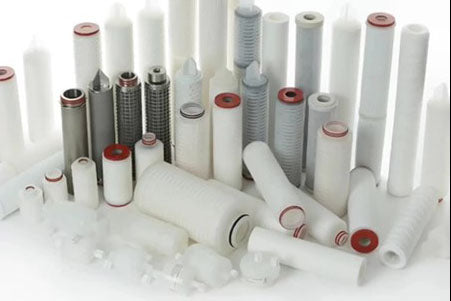It’s no secret that there are a lot of filters on the market for medical and pharmaceutical uses. All the options can feel daunting. Don’t worry—we’re here to help! We’ve created a list of some of the most used filters. Read on to discover this quick overview of sterile compounding filters.
5-Micron Filter
When you need to filter particulates out of a solution, a 5-micron filter is the simple choice. This is the perfect option when working with glass ampules. You don’t want to inject glass shards into your patient’s IV bag, so you can use a 5-micron filter to remove that possibility.
1.2-Micron Filter
Let’s scale down just a bit. At about 1/16 the size of a 5-micron filter, 1.2-micron filters are the best option when giving patients lipid emulsions. When lipid emulsions crack, you’re left with fat globules. Because they can block blood vessels, it’s important to avoid adding cracked lipid emulsions to a patient’s nutritional IV.
1.2-micron filters embedded in IV tubing prevent your patients from receiving cracked lipid emulsions.
0.2-Micron Filter
Smaller still, 0.2-micron filters are the best option for refining small contaminants. 0.2-micron filters block fungi, bacteria, and some viruses from passing, although certain viruses are smaller than 0.02 microns.
Capsule Filter
When you require filters for disposable assemblies, capsule filters are clear choices. Depending on the tools you’re working with, you have several options for length and pore size. Capsule filters are excellent at preventing contamination in gases and liquids.
Now that you have this quick overview of sterile compounding filters, be sure to select the right one for your application. If you choose a filter that is too small for your needs, you may experience clogging. On the other hand, if you choose a filter that is too large, you won’t successfully filter the materials.

